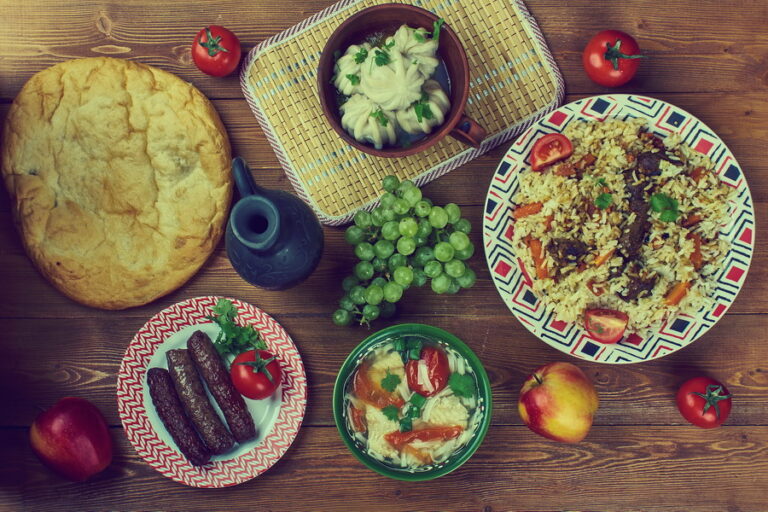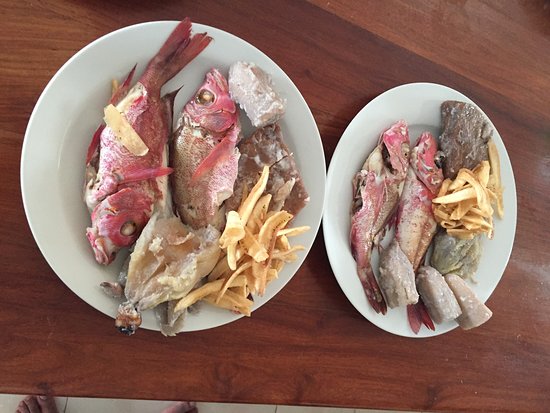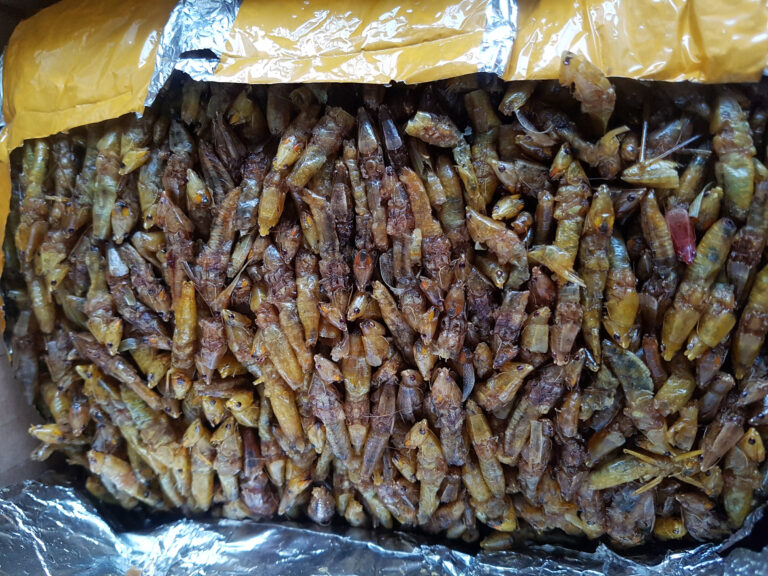Introduction: Trinidadian cuisine
Trinidadian cuisine is a blend of African, Indian, European, and Indigenous cultures, reflecting the history and diversity of the country. The cuisine is known for its bold flavors, spicy dishes, and creative use of local ingredients. Trinidadian cuisine has gained global recognition, with restaurants around the world incorporating Trinidadian dishes in their menus.
History and influences
Trinidadian cuisine has a rich history and is influenced by the various cultures that have inhabited the country. The African influence can be seen in dishes like callaloo, which is made from leafy green vegetables and okra, and pelau, a rice-based dish with meat or poultry. The Indian influence is evident in dishes like curry, roti, and doubles, which are made with chickpeas and flatbread. The European influence can be seen in dishes like macaroni pie, a baked pasta dish with cheese, and corn soup, which is made with corn and beef broth.
Popular Trinidadian dishes
Trinidadian cuisine is known for its flavorful dishes, and some of the most popular dishes include doubles, roti, curry, and pelau. Doubles are a popular street food made with two pieces of flatbread, filled with curried chickpeas, and topped with chutney and hot sauce. Roti is another popular dish, made with flatbread and filled with a variety of curried meats or vegetables. Curry is a staple in Trinidadian cuisine and is served with rice and vegetables. Pelau is a rice-based dish cooked with meat, vegetables, and coconut milk.
Unique Trinidadian dishes
Trinidadian cuisine has several unique dishes that are not found in other countries. One such dish is crab and dumplings, which is a soup made with dumplings and crab meat. Another unique dish is callaloo soup, which is made with leafy greens, okra, and coconut milk. Black pudding is another unique dish, made with pig’s blood and rice. Another unique dish is shark and bake, a sandwich made with fried shark in a fried bread called bake.
Ingredients and flavors
Trinidadian cuisine uses a variety of local ingredients, including cassava, plantains, coconut, and a variety of tropical fruits. The flavors in Trinidadian cuisine are bold and spicy, with a mix of sweet and sour flavors. Hot peppers are often used to add heat to dishes, and a variety of herbs and spices, including thyme, garlic, and cinnamon, are used to add flavor.
Conclusion: Trinidadian culinary identity
Trinidadian cuisine is a blend of various cultures, reflecting the country’s diverse history. The cuisine is known for its bold flavors, unique dishes, and creative use of local ingredients. Trinidadian cuisine has gained global recognition, and Trinidadian dishes can now be found in restaurants around the world. The culinary identity of Trinidad and Tobago is a unique and important aspect of the country’s culture.










